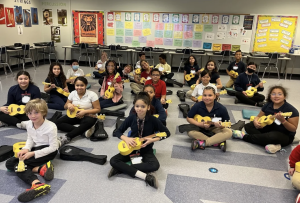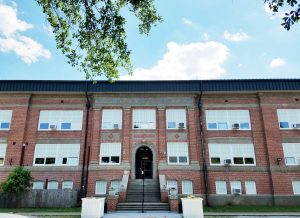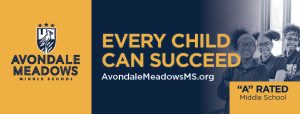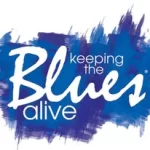new york city, ny – Thanks to your donations, Keeping The Blues Alive donated to a wonderful project in New York City!
For Mr. Anderson’s classroom, a typical day in might involve using different lengths of rope to symbolize audio waveforms and triggering drum samples by utilizing the conductive principles of fruit.
Who does that? What’s the point?
For years, America has tried to empower the education system to promote higher learning and to encourage abstract thinking. They want the smartest, brightest students to take the highest paying jobs and solve the world’s problems. However, as a country we have failed to legitimately exercise the creative areas of children’s minds.
If you have ever seen the movie Apollo 13 you will remember the scene where Tom Hanks is communicating to the base in Houston, while genius scientists are trying to figure out ways to preserve oxygen while they are in space. I love this scene because you see a room full of scientists trying to be creative by thinking of ways to use science, math and technology to solve a very serious problem! With music and arts, students can access and exercise that part of their brains on a weekly basis.
So in that same vein, as a new class this year at Eleanor Roosevelt High School, the Audio Science students have become pioneers in a sense.
“They are creative and reflective. They are scientists, but are more Frankenstein than Einstein, pushing the boundaries of their imaginations to understand more about themselves and their places in this world. Some are musicians, some are technologists, but all come together in the classroom to create strange and beautiful things with sound and science. Also, all are committed to learning via STEAM (Science, Technology, Engineering, Arts and Mathematics) as they know what it takes to be successful in the 21st century,” Mr Anderson describes.
By utilizing the Makey Makey invention kits in class, students will find their own ways to interface the analog and digital realms.
Makey Makey kits are creative apparatus’ used to trigger events and create music instruments! Students will invent their own musical instruments, triggering sounds in various software via closing electric circuits with the Makey Makey.
“Any conductive material will do: bananas, each other, electro-conductive paint, tin foil, old license plates, whatever. They will learn audio software mapping, principles of sampler technology, drafting and implementing planning resources and most importantly, they will have a lot of fun in the process.”
Using the kits will:
- allow the students to work in groups to realize their inventions.
- improve their lives by exposing them to maker culture in the best possible way – a clearly defined objective with limitless possibilities.
- allow them to re-use the instruments over and over again throughout this year and for many years to come as students come up with different ways to utilize them.
- expand their perspective as to the definition of music and how it is realized.
After funding the project, Mr. Anderson wrote us a note and students’ thank-you cared are en route!
Dear Keeping The Blues Alive Foundation,
I try to stress to my students that as audio scientists, we work individually on our creative projects, but we are also a part of a larger community – engineers, musicians, producers and technicians. We can tap into this valuable community as we collaborate, research, read articles and ask questions. I can’t wait to share with them that the community of supporters on DonorsChoose will be helping them realize their creative visions. This will help to further instill the importance of community in their creative lives and work.The tools you have funded will encourage high-level thinking in our class as we create musical instruments that have never been seen before. By tapping into “maker” culture, the students will acquire skills crucial to success in the 21st century.
Thank you so much!!
With gratitude,
Mr. Anderson
Music and arts are great ways to encourage creativity in the classroom and to help solve life’s greatest challenges. Students must be able to “think outside the box” and music allows students to improvise and use rules, just to bend them and create something new. We can all think of many ways where creativity is encouraged. “How do we kill cancer cells without harming the good cells? How do we protect our crops from global warming? With what kind of material can we build a house, but be immune to tornadoes? How can we sustain food without using harmful preservatives?”
To solve these problems, we need creative thinkers and students who have experienced more than just the text books.
If you would like to help us fund the next music and arts project, you know what to do!






